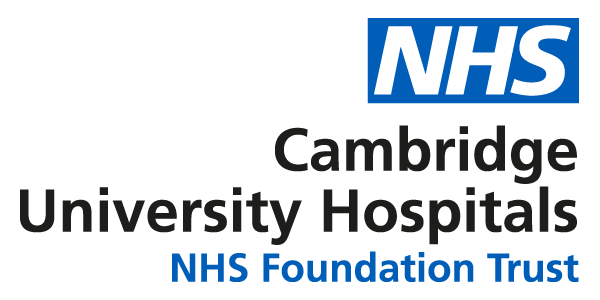The Cancer Patient Partnership Group (CPPG) has listed some tips below on how to make the most of your telephone or video clinic appointment. Not all these tips may apply to you.
Before the call
- Write down your symptoms and concerns to help you organise your thoughts more clearly and to decide what’s relevant and most important. It may be helpful to review any previous letters, results, documents, etc.
- Write down any questions you may have.
- Perform any agreed checks or tests that the clinician has requested or might expect well before the consultation so you are aware of any new issues and can discuss or ask about them, for example a self-examination. If you need to have blood tests done, you may be able to have them done at your GP surgery but check with your GP and treating team well in advance (at least a week).
- You may wish to invite a family member to join the meeting to take notes and ask questions that may not occur to you. Remind them again before the meeting so they are ready.
- Have the following items to hand:
- Pen and paper
- Medications you are taking
- Previous notes or letters
- Glass of water and tissues
- Reading glasses if you need them
- Hearing aids if you need them
- Prepare to take the call at the appointed time but be aware that the call may be slightly early or delayed.
- Choose a quiet, well-lit and, where possible, private location. If possible, consider proximity away from noisier areas of the property/ your home (including bathrooms).
- Limit distractions, ensure that you are free from interruptions from children and pets; request household members to ‘do not disturb’. Perhaps place a sign outside the door. If not using it, turn your mobile phone to vibrate / silent.
- Where possible designate someone else to deal with outside distractions, for example the doorbell.
- Set a reminder alarm for half hour before the meeting to remind you to set up and be ready at least five minutes prior to the appointment start. In the case of a video call this provides an opportunity to run through checks: clear image, lighting, appropriate volume, etc.
- You may wish to put the call on speaker phone so that a family member/carer can also listen in – check that you know how to do this.
- If you prefer a video call, you can ask if this is currently possible. Contact your treating team by phoning the number on your appointment slip or if you use MyChart, contact the number within Your Appointment Details.
- For a video call, consider your attire and what you may possibly need to remove/adjust to show the clinician any relevant parts of your body. You may need an additional lamp for illuminating required close-up views.
- If you have been offered a video appointment, you can read more about how to access it here: Video consultation appointments.
During the call
- The call will be shown as “No Caller ID” with the number withheld. If you cannot pick up or get disconnected, wait for the clinician to call you back. If you have not heard within two hours, contact your treating team by phoning the number on your appointment slip or if you use MyChart, contact the number within Your Appointment Details.
- If the connection is not clear, insist on trying to re-connect or use a different phone.
- If you want to record the call, check that this is okay with the clinician.
- Let the clinician know if you have the phone on speaker and who is with you.
- Share your symptoms or main concerns at the beginning of the call. It is important to be clear and specific since the clinician cannot see you to get an impression. Before the call you could ask if you can share the information via MyChart or email.
- Take notes or ask a family member to do this for you.
- Don’t hesitate to check your understanding by repeating back what you heard or by asking questions.
- If blood or scan results are not available for the call, ask when they will be.
- Ask for a summary letter to be written directly to you with a copy to your GP, including any biopsy and scan results.
- Make sure you know and record the outcomes and have contact details for any queries that may crop up. For example, if you are being sent an exercise sheet or other literature it may not be totally self-explanatory and you may need to clarify the information.
- Consider using BRAN (see below) to guide your discussion. What are the
- Benefits?
- Risks?
- Alternatives?
- (Do) Nothing?
After the call
- When you receive your summary letter check that the contents match what you agreed. If not, contact your treating team.

